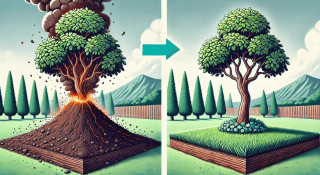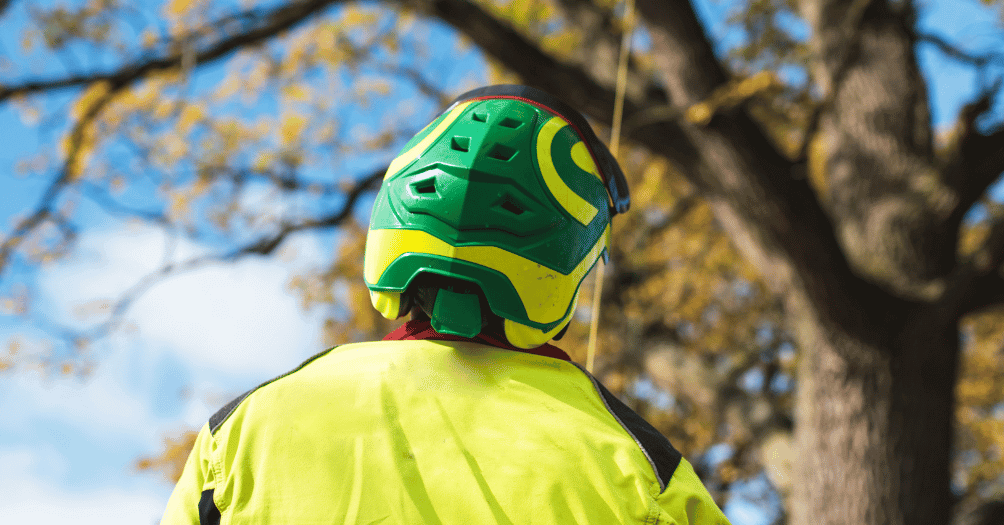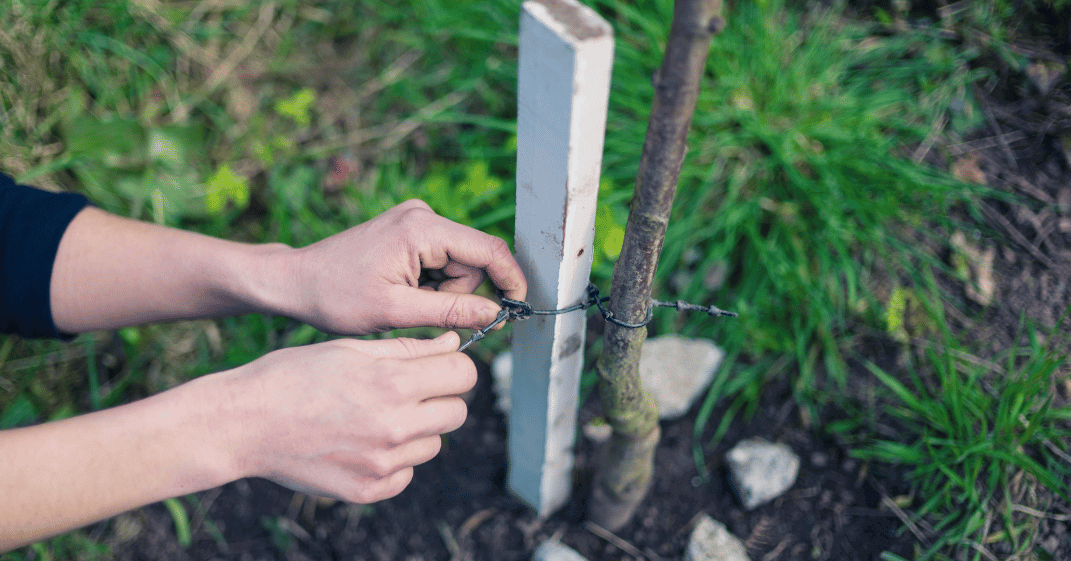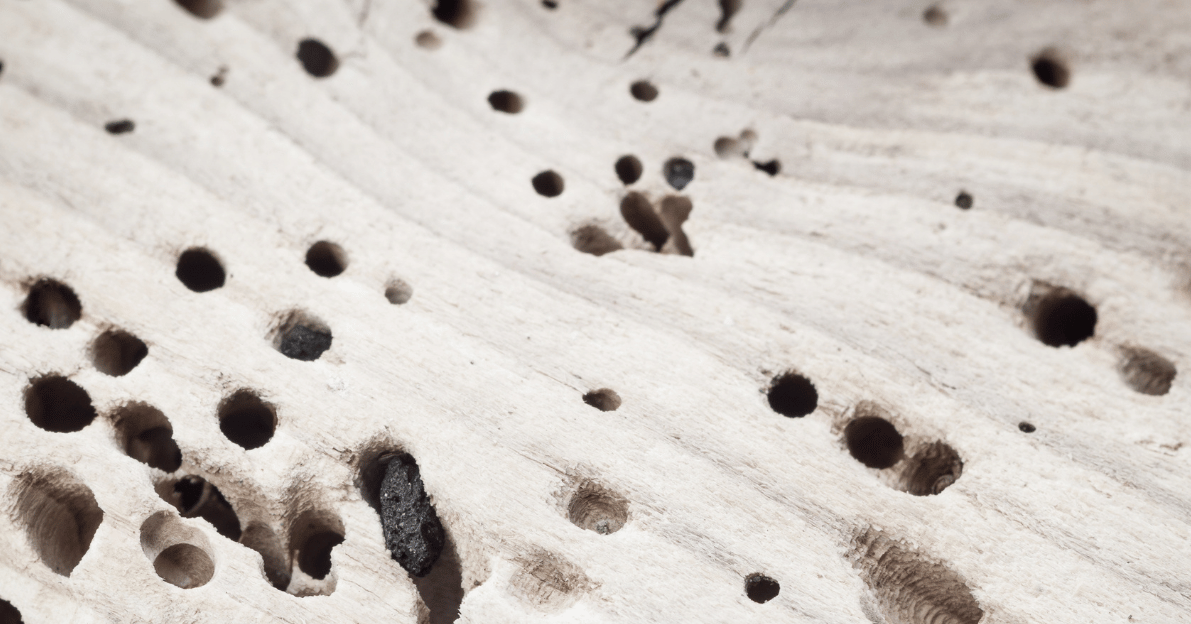Proper mulching is an essential component of tree care that offers numerous benefits, from moisture retention to temperature regulation and weed control. However, it's crucial to apply mulch correctly to avoid potential harm. At Strobert Tree Services, serving Delaware, Pennsylvania, and New Jersey, we emphasize the proper techniques for mulching around trees to ensure the best care and maintenance for your arboreal investments.
Why Mulch?
Mulching serves multiple purposes:
- Moisture Conservation: Mulch helps retain water in the soil, vital during dry periods.
- Temperature Control: It acts as an insulator, keeping the soil warm in winter and cool in summer.
- Weed Suppression: By covering the soil, mulch reduces the growth of weeds, decreasing competition for nutrients.
- Soil Improvement: As organic mulches decompose, they improve soil structure, aeration, and nutrient content.
Choosing the Right Mulch
The type of mulch you choose can significantly impact your trees. Organic mulches, such as wood chips, bark, and leaves, are preferable because they enrich the soil as they decompose. Inorganic mulches, like rocks or rubber, do not improve soil structure but can be suitable in certain landscaping situations.
How to Properly Apply Mulch Around Trees
- Correct Application Techniques: Clean the Area: Remove grass, weeds, or old mulch around the tree's base to prevent pest issues and diseases.
- Correct Depth: Apply a 2 to 4-inch layer of mulch around the tree. Excessive mulching can lead to problems, so staying within this range is essential.
- Avoid the Trunk: Keep mulch away from the tree trunk to prevent moisture buildup that can cause rot and disease. A common mistake is "volcano mulching," where mulch is piled high against the trunk, resembling a volcano. This practice can harm the tree by causing excess moisture retention around the trunk, leading to decay.
- Spread Evenly: Extend the mulch to the tree's drip line if possible. This area is where the tree's feeder roots are most active in absorbing nutrients and water.
The Dangers of Over-Mulching
While mulching has many benefits, too much can be detrimental. Over-mulching can lead to:
- Root Suffocation: Thick layers of mulch can suffocate tree roots by limiting air exchange.
- Root Rot: Excessive moisture retained by too much mulch can lead to fungal diseases and root rot.
- Pest Infestations: Over-mulched areas can become breeding grounds for pests that can damage the tree.
Can You Fix an Over-Mulched Tree?
Yes, it's possible to correct over-mulching. The first step is to gently remove the excess mulch from around the tree, ensuring that the mulch layer is no more than four inches deep. Also, pull back the mulch from the trunk to prevent direct contact, which can lead to decay. If you notice signs of decay or pest problems, consulting a professional tree service like Strobert Tree Services is advisable to assess the tree's health and recommend a course of action.
Contact Strobert Tree Services
If you're unsure about the proper mulching techniques or suspect your trees have been over-mulched, contact Strobert Tree Services. Our team of experts provides comprehensive tree care, including pruning and routine maintenance, across Delaware, Pennsylvania, and New Jersey. We are committed to ensuring the health and longevity of your trees through professional and skilled care.
Mulching is more than just an aesthetic enhancement—it's a vital practice for maintaining healthy trees. By following the proper techniques and avoiding common pitfalls like over-mulching, you can significantly improve the health and appearance of your trees. Remember, when in doubt, professional advice from experienced arborists at Strobert Tree Services can ensure that your trees receive the best care possible.











